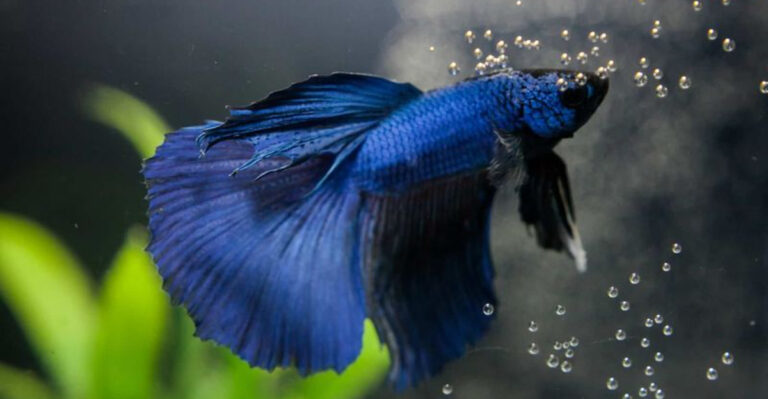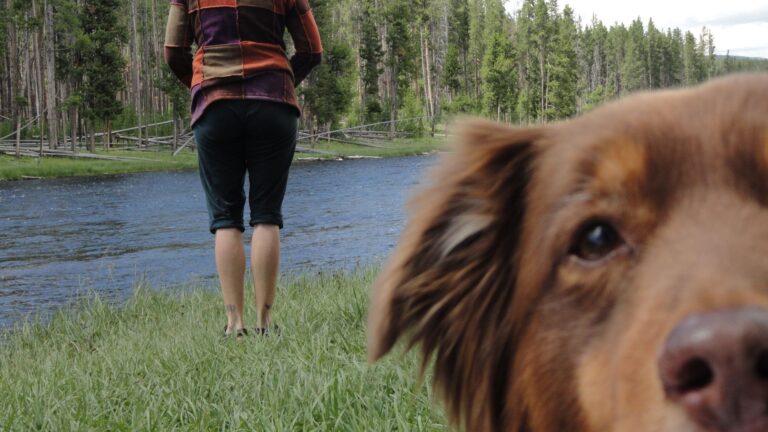11 Dangerous Alligator-Infested Florida Rivers (And 4 Where It’s Safe To Swim)
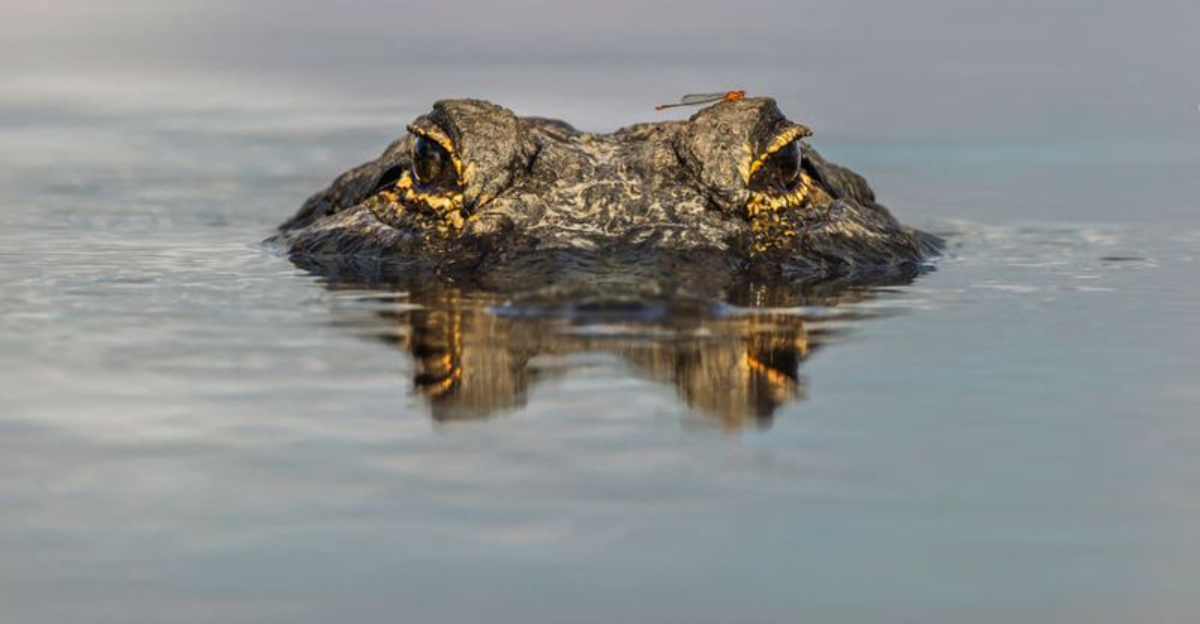
Florida’s waterways are breathtaking natural treasures, but many hide toothy residents beneath their surfaces. Alligators call many Florida rivers home, creating potential hazards for swimmers and boaters.
Before you jump in for a refreshing dip, it’s smart to know which rivers pose serious gator risks and which ones offer safer swimming options.
1. St. Johns River – Gator Central

Florida’s longest river doubles as prime alligator territory. Stretching 310 miles northward, the St. Johns creates perfect hunting grounds for thousands of gators lurking among its marshy edges and cypress knees.
Local fishing guides report regular sightings of massive specimens exceeding 12 feet in length. The dark, tannic waters make these reptiles nearly invisible until they’re uncomfortably close.
The river’s slow current and abundant fish population create ideal conditions for alligators to thrive. Swimmers should avoid this waterway entirely, especially during spring and summer mating seasons when territorial behaviors peak.
2. Kissimmee River – Restoration Brought Back The Gators

Once straightened by the Army Corps of Engineers, the Kissimmee’s recent restoration efforts successfully returned natural flow patterns – and with them, a booming alligator population. The meandering curves and restored wetlands provide perfect breeding grounds for these prehistoric predators.
Airboat tours frequently spot dozens of gators basking along its banks within minutes. The river’s connection to Lake Okeechobee creates a vast territory for alligators to move freely through the ecosystem.
Local wildlife officers have documented increasing gator numbers since restoration began, making this river particularly hazardous for recreation. Even experienced kayakers maintain vigilant distance from the shoreline.
3. Peace River – Fossil Hunting Comes With Risks
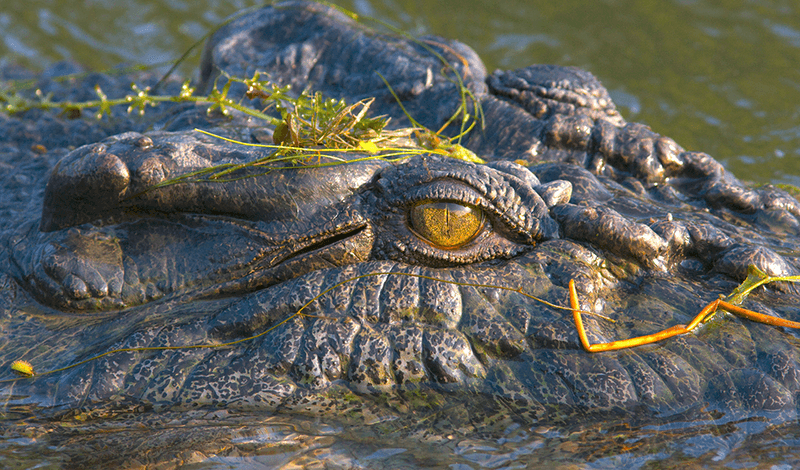
Famous for prehistoric shark teeth and mammoth bones, the Peace River attracts fossil hunters who wade into its shallow waters – often unaware they’re sharing space with prehistoric reptiles. The river’s numerous sandbars create perfect sunning spots for gators.
The brackish water sections where freshwater meets saltwater harbor especially large specimens. Gators here have grown accustomed to human presence, sometimes approaching canoes and kayaks with concerning boldness.
During dry seasons, alligators concentrate in the deeper pools, increasing encounter chances. Fossil enthusiasts should scan surroundings constantly and avoid hunting alone, as digging in sediment can distract from noticing approaching predators.
4. Ocklawaha River – Wild And Untamed Gator Haven

Flowing through the Ocala National Forest, this pristine river remains one of Florida’s wildest waterways – and a stronghold for massive alligators. The river’s remote sections receive minimal human traffic, allowing gators to grow to impressive sizes undisturbed.
Dense overhanging vegetation creates perfect ambush points. The river’s connection to the St. Johns system means alligators can travel extensively through interconnected waterways.
Kayakers report heart-stopping moments when seemingly floating logs suddenly blink and submerge. The Ocklawaha’s crystal-clear springs attract swimmers, but moving into the tannic river sections means entering prime gator territory where caution becomes absolutely essential.
5. Withlacoochee River – The Southern Section Danger Zone
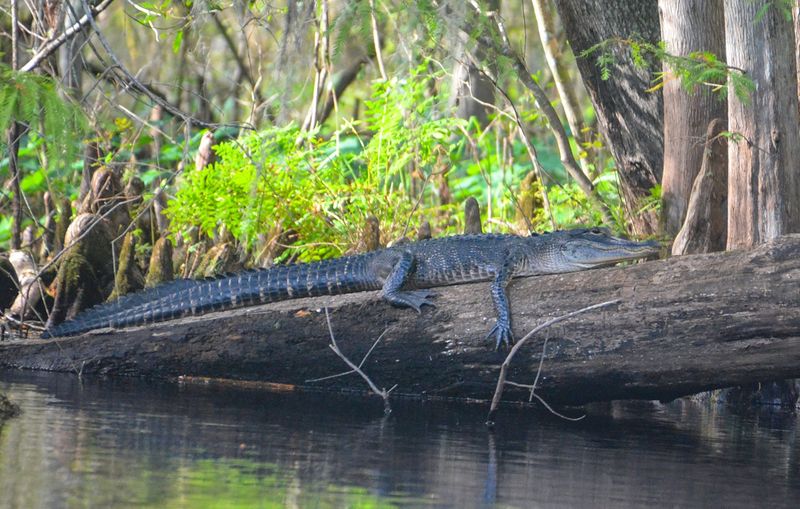
This blackwater river winds through cypress swamps that alligators find irresistible. The southern portions flowing through Citrus and Hernando counties harbor particularly dense gator populations that thrive in the river’s isolated coves.
Canoeists regularly report seeing more than 20 alligators during a single day’s paddle. The river’s numerous side channels and oxbows create perfect nursery areas for alligator mothers guarding their young – a potentially dangerous situation for unwary paddlers.
Local rental companies now include specific gator safety briefings before sending tourists out. The river’s popularity with inexperienced paddlers has led to increased close encounters, especially during warmer months when gators actively feed.
6. Loxahatchee River – Jupiter’s Wild Side
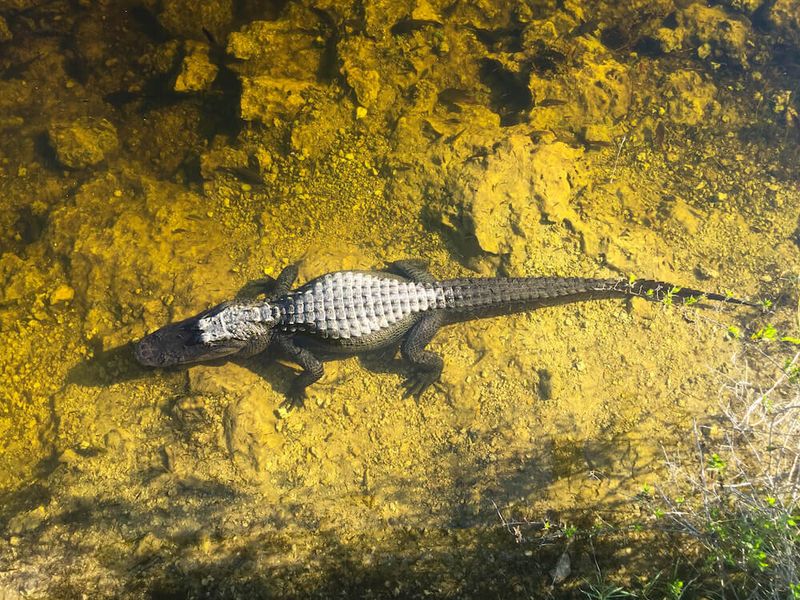
Florida’s first federally designated Wild and Scenic River flows through Jupiter with sections that remain virtually untouched by development. The upper reaches feature narrow passages where paddlers might find themselves uncomfortably close to territorial bull gators.
Mangrove tunnels create shaded corridors where alligators rest during hot days. Kayakers have reported being blocked by large specimens refusing to move from the channel.
The river’s unique mix of freshwater and tidal sections means gators sometimes venture into brackish areas usually dominated by crocodiles. This diverse ecosystem supports abundant prey, allowing alligators to grow exceptionally large. Local guides warn visitors against dangling hands or feet in the water, even from boats.
7. Myakka River – Alligator Alley’s Natural Extension
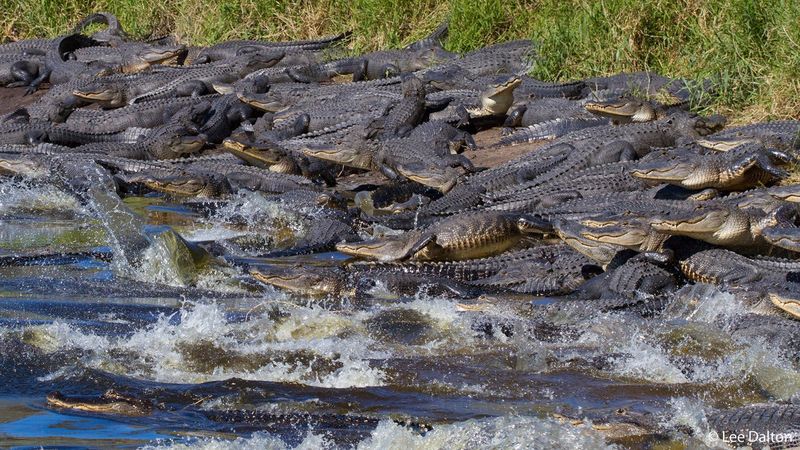
Cutting through Myakka River State Park, this waterway hosts one of Florida’s densest alligator populations. Park rangers estimate over 1,000 gators inhabit the river and connected lakes, with some reaching legendary sizes exceeding 14 feet.
The river’s shallow, marshy sections create perfect hunting grounds. Visitors on the park’s elevated boardwalk sometimes witness spectacular feeding events when gators ambush wading birds or deer approaching for a drink.
Kayaking here requires constant vigilance – local outfitters refuse rentals during mating season when aggressive behavior peaks. The river’s popularity means alligators have grown accustomed to human presence, sometimes approaching boats with concerning curiosity rather than retreating.
8. Econlockhatchee River – Orlando’s Backyard Gator Territory
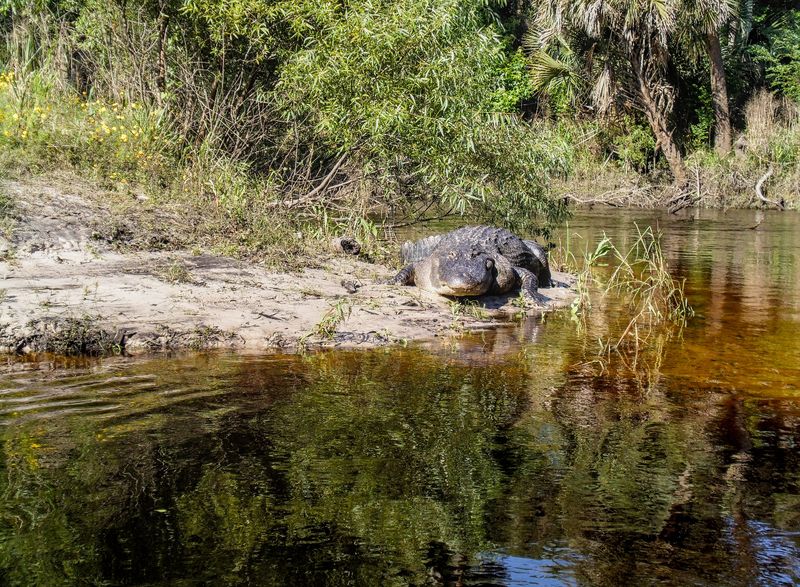
Flowing just east of Orlando, the “Econ” surprises visitors with its wilderness character and abundant wildlife – including substantial alligator populations. The river’s sandy banks provide perfect nesting sites, while deep holes shelter massive specimens during cooler months.
University researchers have documented increasing gator numbers as urban development pushes wildlife into remaining natural corridors. Paddlers frequently encounter juvenile alligators learning territorial behaviors, which can be especially unpredictable.
Local residents know to avoid swimming here despite its proximity to neighborhoods. The river’s popularity with university students seeking adventure has led to concerning close calls, especially during night paddling events when visibility is poor and alligators most active.
9. Hillsborough River – Tampa’s Wild Backyard

Flowing through Tampa’s northern suburbs before cutting through downtown, the Hillsborough hosts surprising gator numbers even in urban sections. The upper river’s cypress swamps harbor especially large specimens that have lived decades undisturbed.
Hillsborough River State Park visitors often spot dozens sunning along the banks during morning hours. The river’s popularity with tubers creates concerning scenarios when intoxicated revelers ignore wildlife warnings.
City officials regularly remove “nuisance” alligators from populated areas, but new ones quickly move in from wilderness sections upstream. Riverside homeowners report finding alligators in swimming pools and garages during mating season when males travel extensively seeking females.
10. Suwannee River – Famous Waters, Hidden Dangers
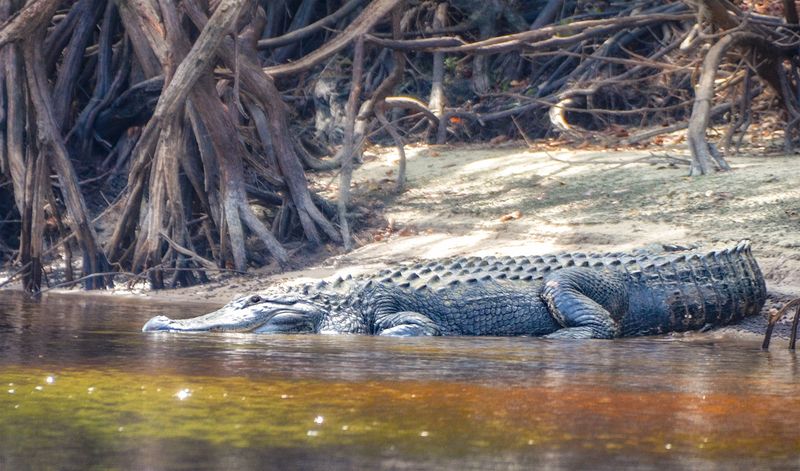
Made famous by Stephen Foster’s song, the Suwannee flows 246 miles through Florida’s rural heartland with numerous springs and limestone banks – and plenty of alligators. The river’s remote sections see little human traffic, allowing gators to grow to impressive sizes.
Limestone caves and underwater ledges create perfect dens. During droughts, alligators concentrate in remaining deep pools, creating potentially dangerous swimming conditions even in normally safer areas.
The river’s famous springs attract swimmers seeking relief from summer heat, but venturing beyond designated swimming areas means entering prime gator territory. Wildlife officers have documented increasing territorial displays during recent drought years when habitat competition intensifies.
11. Caloosahatchee River – Urban Gators Adapting Fast
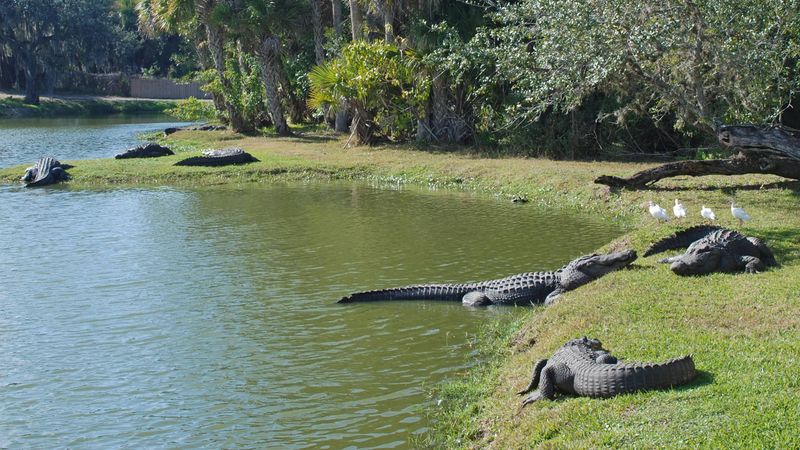
Connecting Lake Okeechobee to Fort Myers, this heavily modified river still supports surprising alligator numbers despite extensive development along its banks. Canals and stormwater ponds connected to the river create expanded habitat networks through urban areas.
Golf courses along the river report regular removal of large specimens from water hazards. Waterfront homeowners frequently spot alligators using boat docks and seawalls as sunning platforms.
The river’s mix of freshwater and brackish sections creates diverse hunting opportunities for adaptable gators. Increasingly, these urban alligators show concerning habituation to humans – wildlife officers respond to hundreds of nuisance calls annually from riverside communities where residents unwisely feed these predators.
12. Juniper Springs Run – Crystal Clear Safety
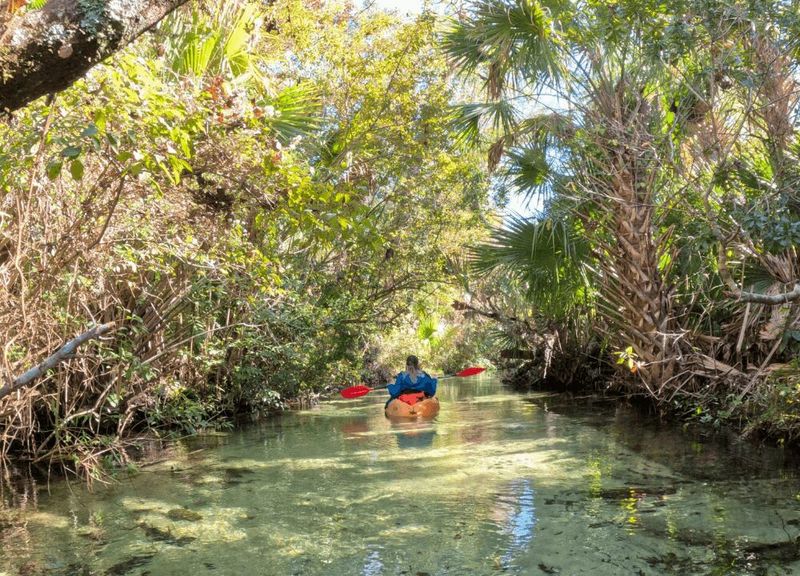
Unlike Florida’s dangerous rivers, this crystal-clear spring run in Ocala National Forest offers genuinely safe swimming. The constant 72-degree water flowing from the headspring creates conditions too cool for alligators to thrive year-round.
Park rangers maintain vigilant monitoring of the designated swimming area. The spring’s limestone bottom provides excellent visibility, allowing swimmers to spot any wildlife immediately.
The run’s narrow width and swift current discourage alligators from establishing territory. While occasional small gators might venture in from connected waterways, they quickly move on, preferring warmer, murkier waters downstream. The spring’s popularity means constant human presence, further deterring shy juvenile alligators from lingering.
13. Ichetucknee Springs – Blue Water Haven
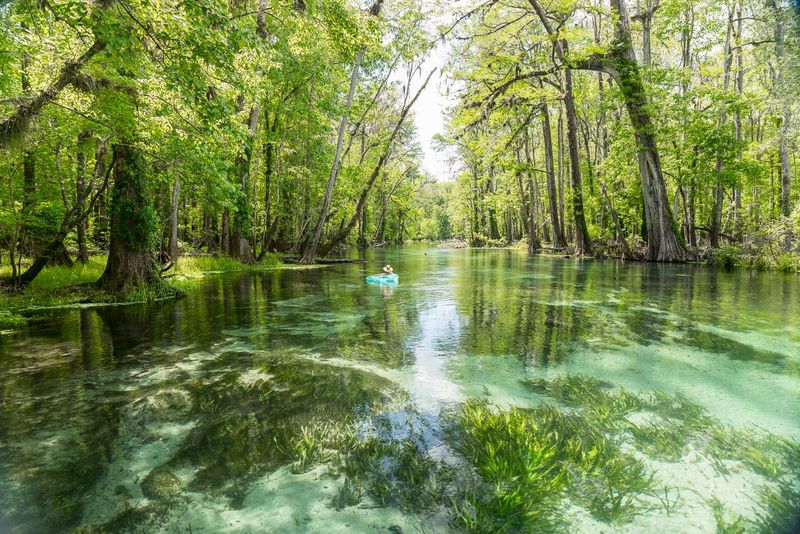
This north Florida gem offers genuinely safe swimming opportunities in its upper spring sections. The main headspring and Blue Hole maintain water temperatures too cool for alligators to comfortably inhabit year-round.
State park management strictly enforces no-swimming zones beyond safe areas where the river widens and becomes more suitable for wildlife. The spring’s powerful flow creates currents that discourage alligators from swimming upstream into recreational areas.
Crystal-clear visibility means swimmers can easily spot anything in the water. Park rangers conduct morning safety sweeps before opening swimming areas to the public. While the lower river sections definitely harbor gators, the designated swimming areas at the headsprings remain consistently safe options for cooling off.
14. Weeki Wachee Spring – Mermaid Waters Without Menace
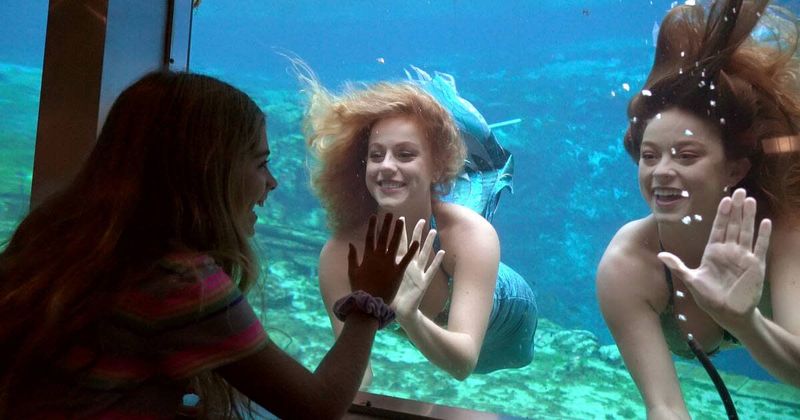
Famous for its mermaid shows, Weeki Wachee’s main spring basin offers safe swimming in crystal-clear 74-degree water. The spring pumps enough volume to create strong outflow that discourages alligators from venturing upstream into swimming areas.
Park staff conduct regular patrols to ensure wildlife stays downstream where the river widens. The spring’s commercial development and constant human activity further deter alligators from establishing territory near designated swimming zones.
The exceptional clarity allows lifeguards to monitor the entire swimming area from elevated positions. While kayakers occasionally spot alligators in downstream sections, the headspring remains consistently gator-free. The spring’s unique limestone formation creates distinct boundaries between safe swimming areas and the river beyond.
15. Alexander Springs – Desert-Like Sand Bottom Safety

This Ocala National Forest gem features a rare sand-bottom spring with gradually sloping edges similar to a beach. The spring’s constant 72-degree temperature and powerful flow create conditions unsuitable for alligators within the designated swimming area.
The spring basin’s unique open design offers unobstructed visibility in all directions. Swimmers can easily scan their surroundings while enjoying the refreshing waters.
Park rangers maintain strict separation between swimming zones and the downstream run where wildlife thrives. The spring’s popularity with families means constant activity that naturally deters alligators seeking quiet hunting grounds. Unlike murky rivers, Alexander’s clear waters eliminate ambush opportunities that alligators rely on.

